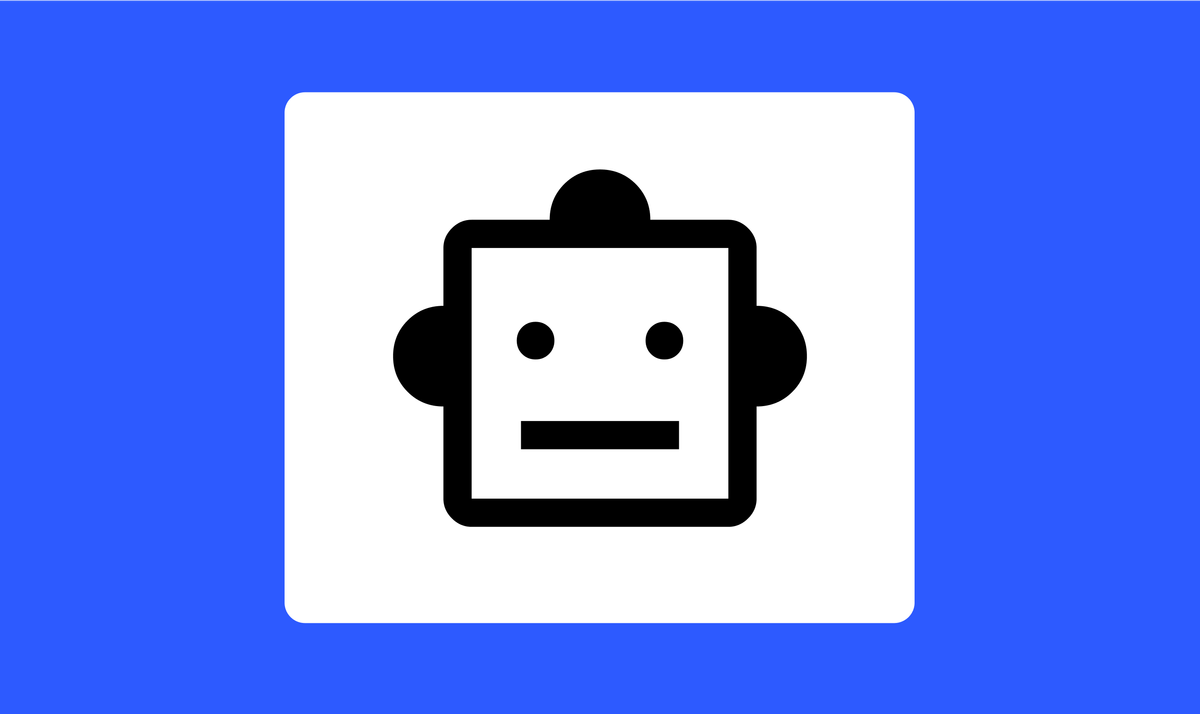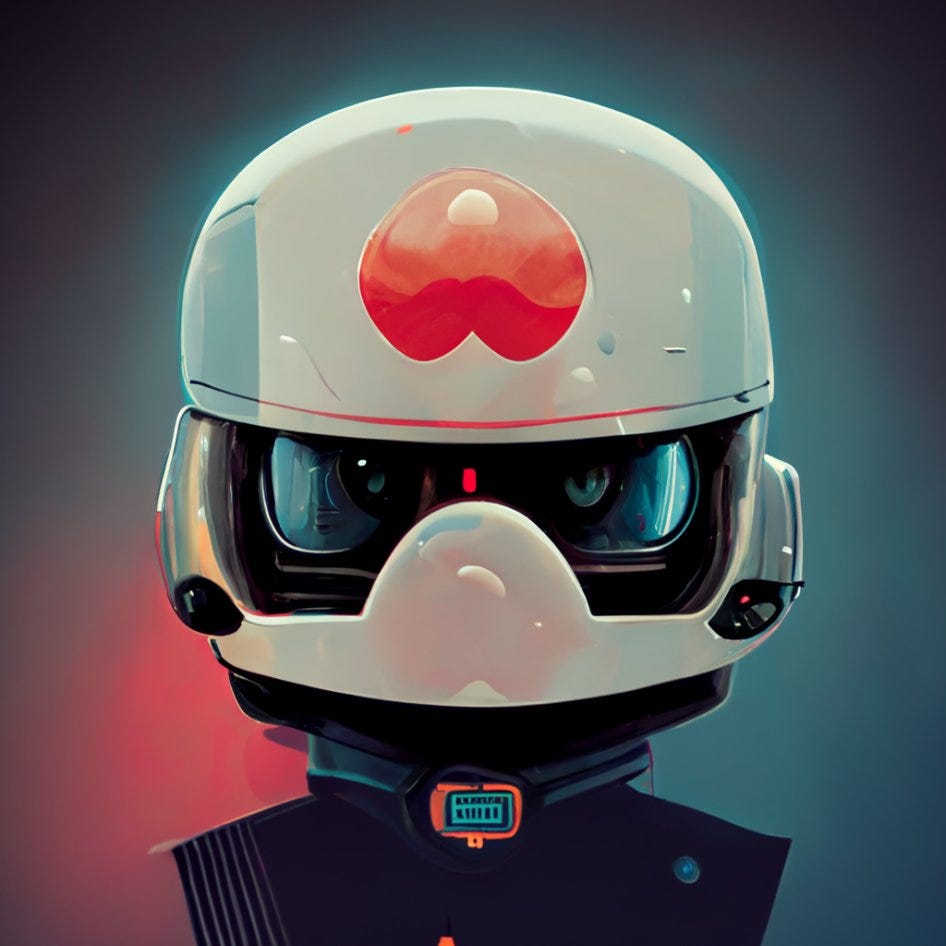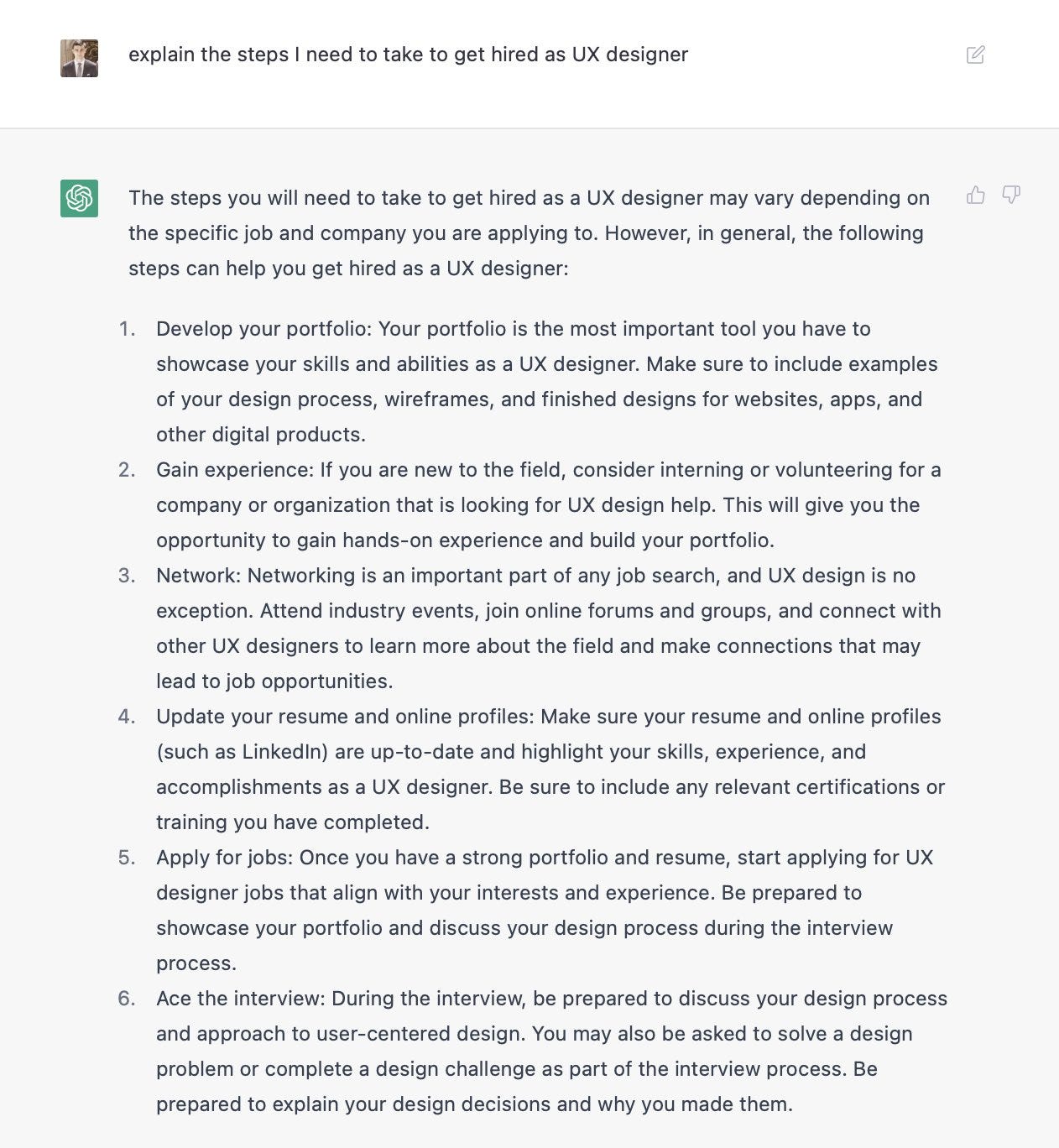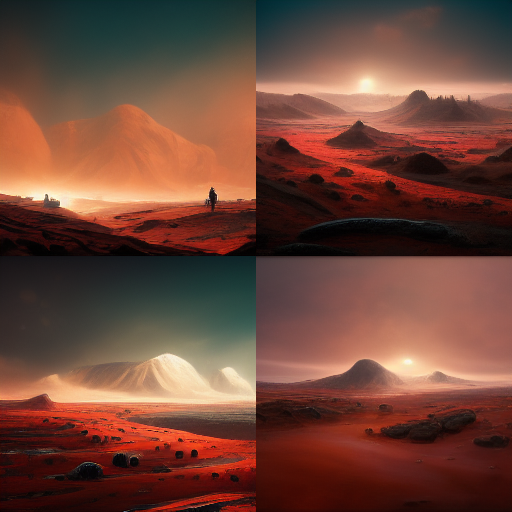Will AI Replace Designers?

Short answer, yes and no
The rise of AI-powered tools is one of the most remarkable things that happened in 2022. Even if you’re not an active internet user, there is a high chance that you saw artworks created using Midjourney, DALL-E, or Stable Diffusion.

Art generated by AI tools looks very impressive, but so do the texts generated by AI tools. Texts generated by ChatGPTlook like they were written by an actual person.

No wonder why tools like ChatGPT created so much hype and sparked discussion about whether its the end of the era of human content writers.
I appreciate you all having read my posts during this final era when people still read stuff by human writers
— Tim Urban (@waitbutwhy) December 6, 2022
Artificial intelligence is making its way to design workflow faster than we expect. Soon AI will be ideating, designing, and even presenting designed solutions. Does it mean that AI-powered tools will soon replace human product designers? Yes and no.
The state of product design in 2022
Public markets have been hit hard in 2022, and we’re quickly moving into the recession. After impressive growth in the tech field in 2020 and 2021, Big tech corporations like Facebook, Amazon, and Google started to cut expenses, resulting in massive layoffs.
You may wonder how it is all relevant to AI-powered tools. The fact is that AI-powered tools will help companies save money. Instead of hiring people who will design user interface layouts (UI designers), write copy (UX writers), and create illustrations (graphical illustrators), companies will ‘hire’ AI tools that will do all this work for a fraction of the cost.
How the role of product design evolve in the next few years
“Is product design art or craft?” is one of the most popular questions in the product design field. AI-powered tools will give a clear answer to this question.
The product designer’s role will transform from a creator into a curator.
It will happen not because people will be less creative but because the business will have different priorities.
Companies will want to iterate fast and have higher ROI. AI-powered tools help them with that.
AI will become a design partner. And design process will be a co-creation of AI and humans. The design process will be more or less automated by AI. Companies will hire people who are good at formulating the queries for the AI engine (prompts) and be able to fine-tune the outcome created by the machine.
Co-creation with AI will be the next big thing in product design.
How it impacts the product design field
Designers who aren’t affected by layoffs will have to adapt to the new reality in which they will likely have the role of generalists.
Product design generalist will be the most in-demand role in the design field.
Companies will want to hire someone who can wear multiple hats, meaning that this person can be responsible for product strategy, UI design, and usability testing. Generalists are expected to deliver a lot of work quickly and without error. It will be impossible to achieve such results without using AI tools.
Getting experience in different domains can be challenging, especially if you’re starting in product design. That’s why we will likely see more competition among entry-level designers. And it will make it harder for people who’re making their first steps in product design to find their first job.
On the bright side, AI-powered tools will likely speed-up the exploration and ideation. For example, AI tools will be able to replace traditional moodboards and will be able to generate multiple variations of the design. Product designers will play with variables to tweak the outcome created by AI.

AI-powered tools are not a revolution; its the evolution of product design
The goal of any new technology is to make the work and life of humans a bit easier. And when humans create new technology, it impacts society, changing how we live and work. AI is no different. AI will replace the designers of today and create the designers of tomorrow. AI will become a partner for the designers of tomorrow. This partner will help designers meet the ever-evolving business demands and create products faster.